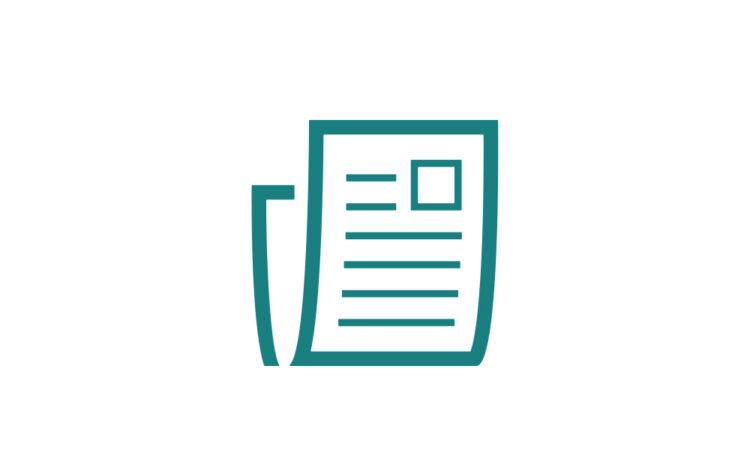
19 February 2024
- ECB publishes final revised guide to internal models, covering general topics, credit risk, market risk and counterparty credit risk
- Guide clarifies ECB’s understanding of rules on banks’ internal models
- Revision accounts for climate-related risks, details requirements for common definitions of default, counterparty credit risk, default risk in the trading book and how to return to standardised approach
The European Central Bank (ECB) today published its final revised Guide to internal models, following a public consultation which ended in September 2023.
The ECB has given due consideration to all 625 comments received from 20 respondents during the public consultation. These comments helped to further clarify the Guide, confirming once again the benefits of public consultations. The ECB today published a feedback statement providing an overview of the comments received and the ECB’s assessment of these comments.
The Guide explains how the ECB understands the rules banks must follow when they use internal models. Supervisors check compliance with these rules. With the ECB’s permission, banks may use their own internal models to calculate their risk-weighted assets, which reflect the risks banks have on their books and serve as the basis for calculating minimum regulatory requirements.
The revisions to the Guide clarify how banks should go about including material climate-related and environmental risks in their models. They also outline how banks can revert to the standardised approach for calculating risk-weighted assets, which might help support banks’ efforts to simplify their internal model landscapes. Specifically on credit risk, the Guide helps all banks to move towards a common definition of default and a consistent treatment of “massive disposals” (bulk sales of non-performing loans). The update of the market risk chapter details how to measure default risk in trading book positions. The revised Guide also provides clarifications regarding counterparty credit risk, which is the risk that the counterparty to a transaction could default. Further information can be found under Frequently Asked Questions.
The revised Guide, a feedback statement on the public consultation and the comments received from the industry are available on the ECB’s banking supervision website.
For media queries, please contact François Peyratout, tel.: +49 172 8632 119.
Notes
- A bank’s use of internal models to calculate risk-weighted assets is first subject to initial approval by ECB Banking Supervision. Banks’ internal models are then subject to internal model investigations and to ongoing model monitoring by ECB Banking Supervision. This is how supervisors check whether the bank continues to meet the requirements for using internal models.
- The ECB originally developed the Guide to internal models as part of its targeted review of internal models (TRIM), a one-off, large-scale project to address inconsistencies resulting from the use of complex internal models and to reduce unwarranted (i.e. non-risk-based) variability of outputs.





